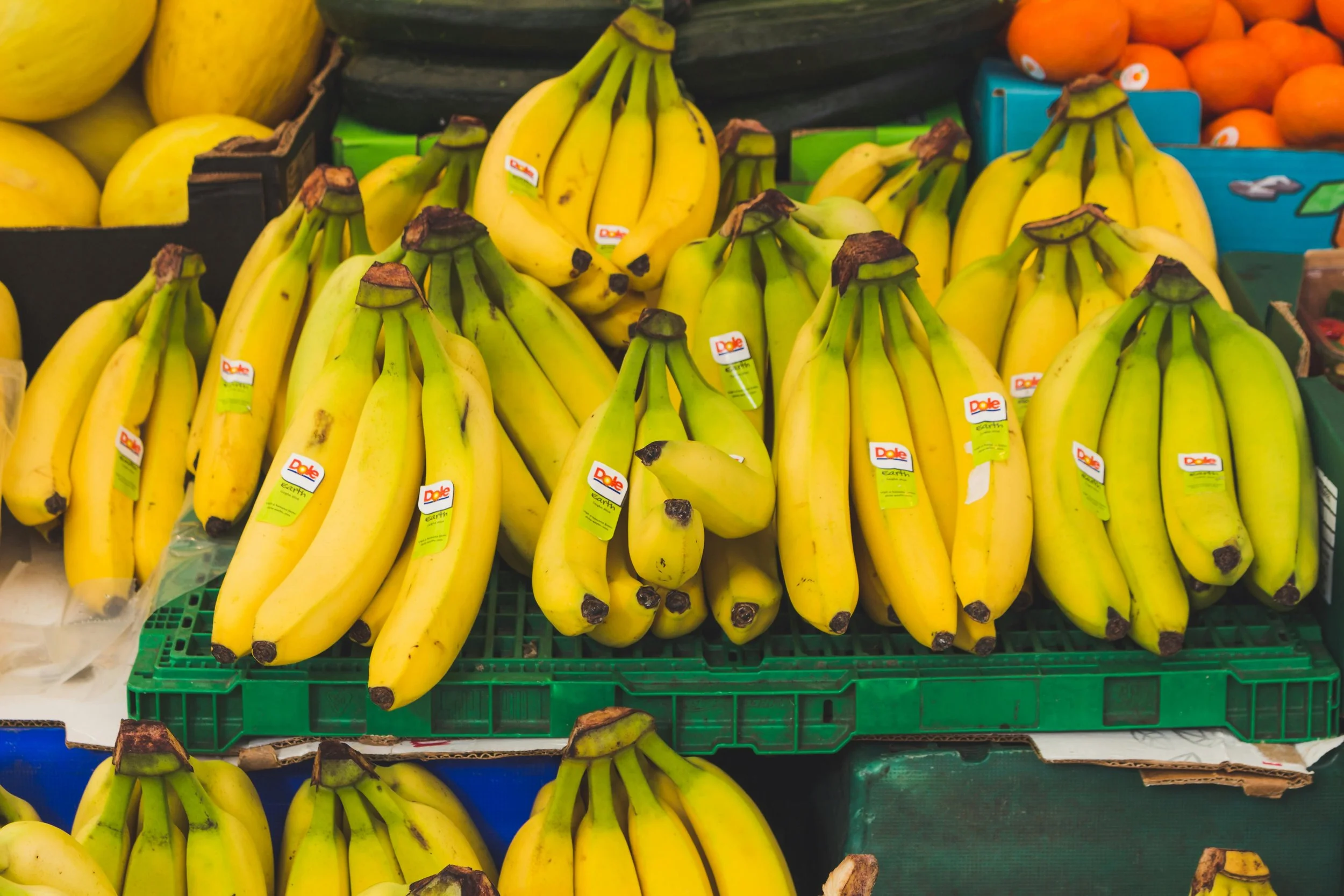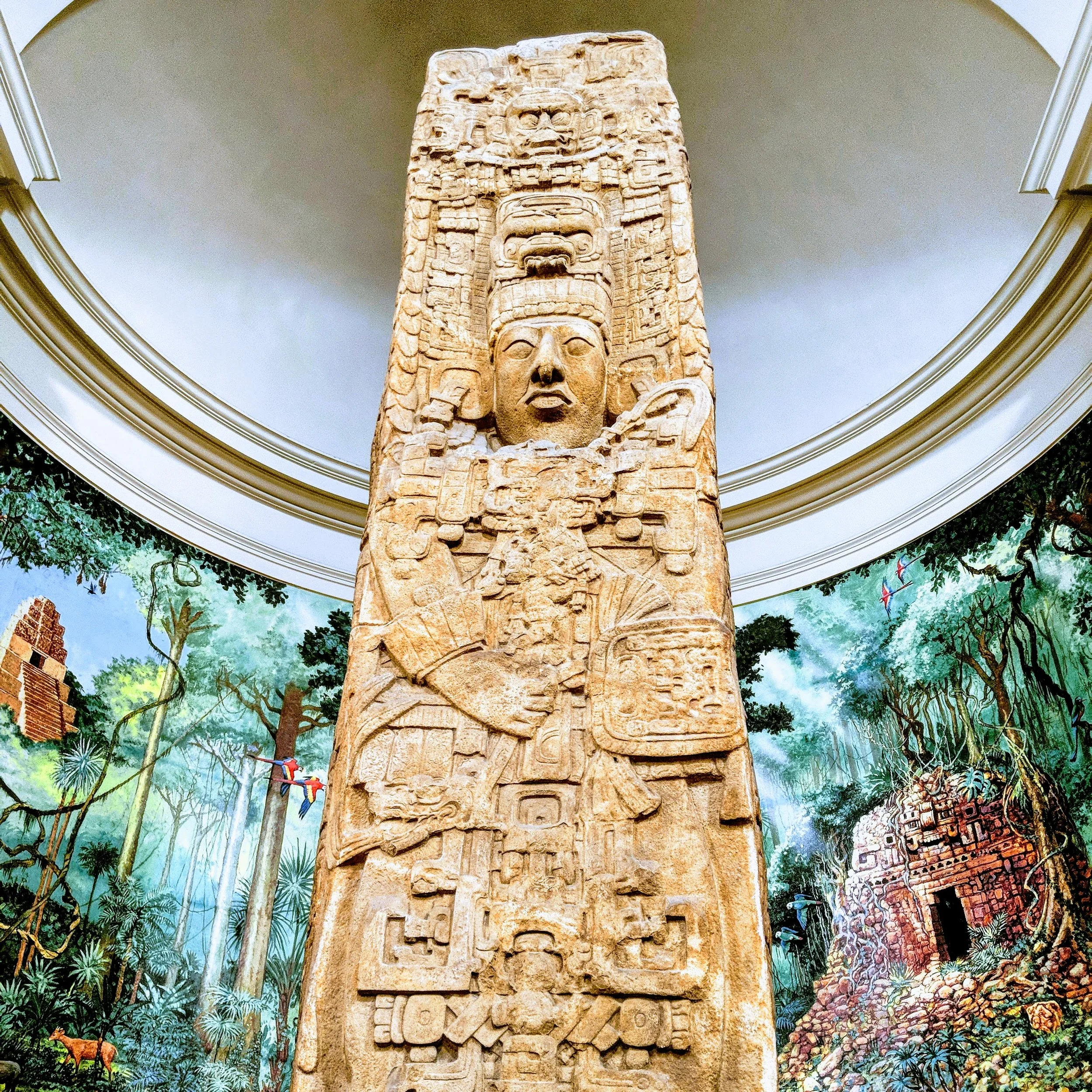
“Is there any fruit more desirable than a banana? The physical characteristics of the banana—suggestive shape, bright color, sweet taste—have made bananas an enduring popular culture staple involving everything from kitchen tables to slapstick comedy routines to Saturday morning Loony Toons cartoons. But as I show in my book, even as bananas became a household and cultural staple, they also performed more subtle and insidious work: they trained consumers to understand bananas, and the places from which they originated, as consumable and tangible pleasurable tropical fantasies.”
Excerpt from Desire as Empire
Desire as Empire: Consuming Maya culture in Transnational Imaginations
Intro
My forthcoming book, Empire and Desire (tentatively accepted by University of Nebraska Press), examines how Guatemala staged Indigenous identity for international consumption during the 1930s. It argues that desire was not incidental to empire but one of its driving forces — shaping how Guatemalan culture was packaged, consumed, and understood in the United States.
Context
In the interwar period, Guatemala sought to craft an image of itself for foreign audiences. Through world’s fairs, tourist sites, and exhibitions, Indigenous culture was presented as colorful, timeless, and apolitical — erasing lived realities of inequality and struggle. These curated displays fed U.S. imperial desire: a hunger for the exotic, the picturesque, and the consumable. The result was a deeply inequitable system of representation that legitimized hierarchy and obscured power relations.
Sources and Approach
Research for this project draws on archives in both Guatemala and the United States. By putting these sources in conversation, the book demonstrates how empire was co-constructed — not imposed by one side alone, but through everyday practices of collecting, display, tourism, and storytelling. This transnational approach highlights inequity as the defining feature of U.S.–Guatemala relations in this period.
Chapters
Chapters explore the Guatemala Pavilion at the 1938 Pan-American Exposition, the transformation of Quiriguá into a tourist destination, Ruth Reeves’s collecting of Indigenous textiles for Macy’s, and the filming of Tarzan and the Green Goddess. Each case reveals how consumption and representation worked together to depoliticize Indigeneity and make it available for imperial fantasy.
Takeaway
By foregrounding desire and consumption as forces of empire, Empire and Desire reframes U.S.–Guatemala relations as a study in inequity. It shows how imperialism operated not only through economic and military power, but also through the everyday cultural practices that made unequal relationships appear natural, inevitable, and even beautiful.





